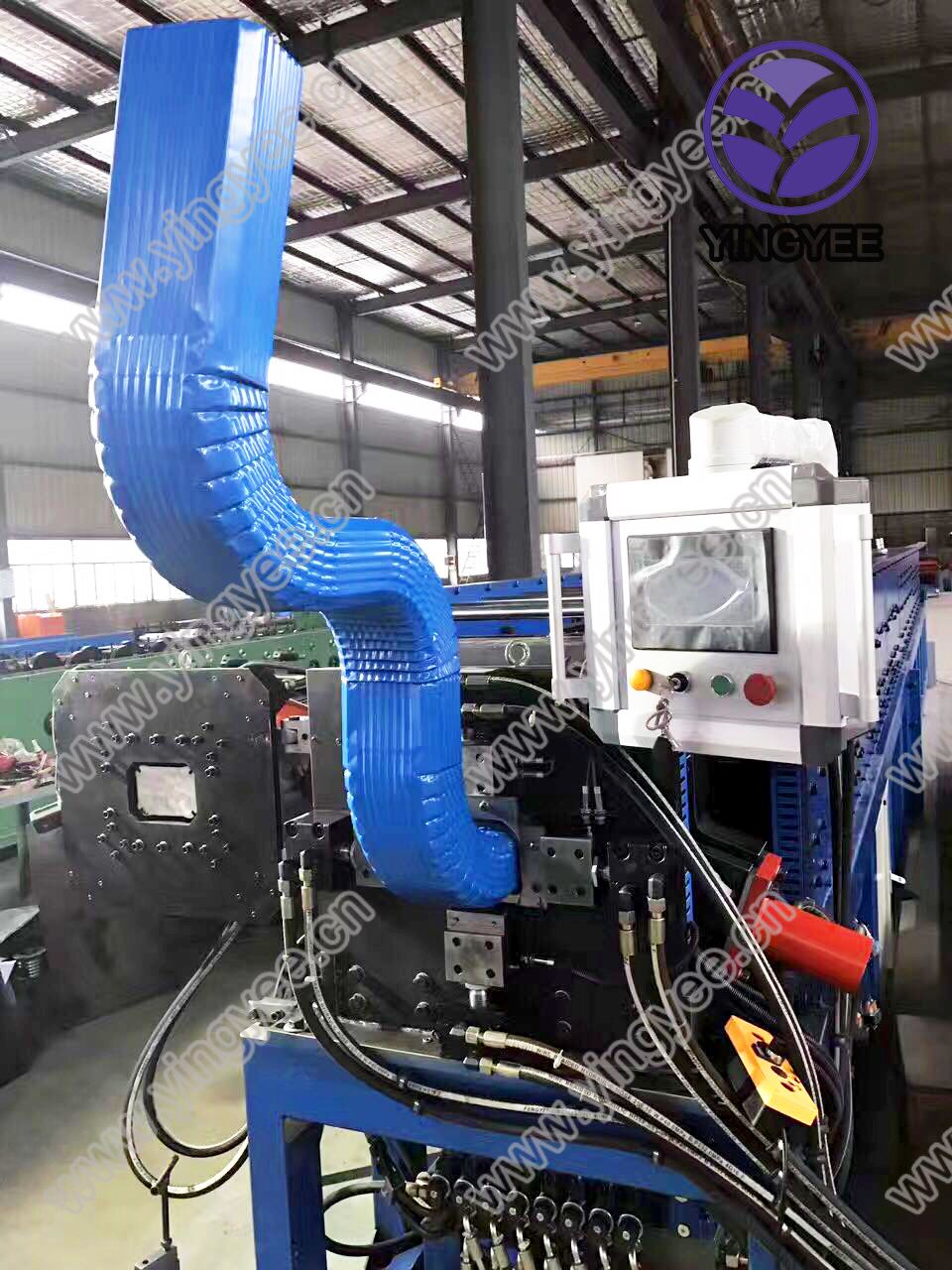
Understanding Color Steel Coils PPGI Products in Compliance with ASTM, AISI, and GB Standards
Color steel coils, particularly Pre-Painted Galvanized Iron (PPGI), have gained significant importance in various industries due to their unique characteristics and aesthetic appeal. PPGI combines the protective qualities of galvanized steel with an attractive finish, making it a popular choice in construction, automotive, appliances, and furniture manufacturing. This article delves into the specifications, standards, and applications of PPGI, focusing on ASTM, AISI, and GB regulations that govern its production and usage.
What is PPGI?
PPGI, or Pre-Painted Galvanized Iron, is produced by galvanizing a steel substrate to prevent rust and corrosion, followed by applying a layer of paint or coating to enhance its durability and visual appeal. The steel coils are coated with high-quality paints that are resistant to weathering, UV radiation, and mechanical abrasion, making them ideal for external applications. The manufacturing process typically involves the following steps
1. Galvanization The steel coils are coated with a layer of molten zinc to provide a protective barrier against corrosion. 2. Cleaning The galvanized coils are thoroughly cleaned to remove any impurities that can affect the adhesion of the paint. 3. Painting High-performance, weather-resistant paints are applied to the surface, which can be customized in various colors and finishes. 4. Curing The coated coils are cured in an oven to enhance the hardness and adherence of the paint.
Standards and Regulations
To ensure that PPGI products meet quality and safety expectations, they must comply with various international standards. Three key standards that are often referenced in the industry are ASTM (American Society for Testing and Materials), AISI (American Iron and Steel Institute), and GB (Guobiao standards in China).
1. ASTM Standards The ASTM provides a wide range of specifications for metallic coated sheets, including ASTM A755/A755M, which outlines requirements for metal roofing and siding products. PPGI that meets ASTM standards is subjected to rigorous testing for corrosion resistance, adhesion, and overall durability, ensuring that it can withstand the elements.
2. AISI Standards AISI standards outline the classifications for various steel grades and their chemical compositions. For PPGI, careful adherence to these standards is crucial to ensure the mechanical properties such as tensile strength, yield strength, and ductility, which are important for structural applications.

3. GB Standards In China, GB standards regulate the production of galvanizing and paint application processes. Compliance with GB standards is essential for manufacturers targeting the Chinese market, as it assures buyers of the quality and reliability of PPGI products.
Applications of PPGI
The versatility of PPGI makes it suitable for a wide array of applications. Its aesthetic quality and protective features cater to various industry needs, including
- Construction PPGI is commonly used for roofing sheets, wall cladding, and facades. The appealing colors and finishes contribute to modern architectural designs while providing stability and protection against weather elements. - Automotive In the automotive industry, PPGI is utilized for parts such as truck bodies, bumpers, and other exterior components. Its lightweight and corrosion-resistant properties enhance the overall performance and longevity of vehicles.
- Appliances Household appliances like refrigerators, washing machines, and HVAC systems often use PPGI for exterior panels, where aesthetics and protection from rust are paramount.
- Furniture Durable and attractive, PPGI is also used in the manufacture of modern furniture, such as office cabinets and outdoor furniture, where both style and functionality are key.
Conclusion
In summary, color steel coils, particularly those made from PPGI, have become a staple material in modern manufacturing across various industries. Their combination of aesthetic versatility, durability, and compliance with rigorous standards like ASTM, AISI, and GB ensures that they meet the diverse needs of consumers and industries alike. As global demand for high-quality, reliable building materials grows, PPGI is set to play an increasingly important role in future constructions and products. Adopting advanced technologies and maintaining stringent adherence to international standards will continue to enhance the appeal and utility of PPGI in the market.